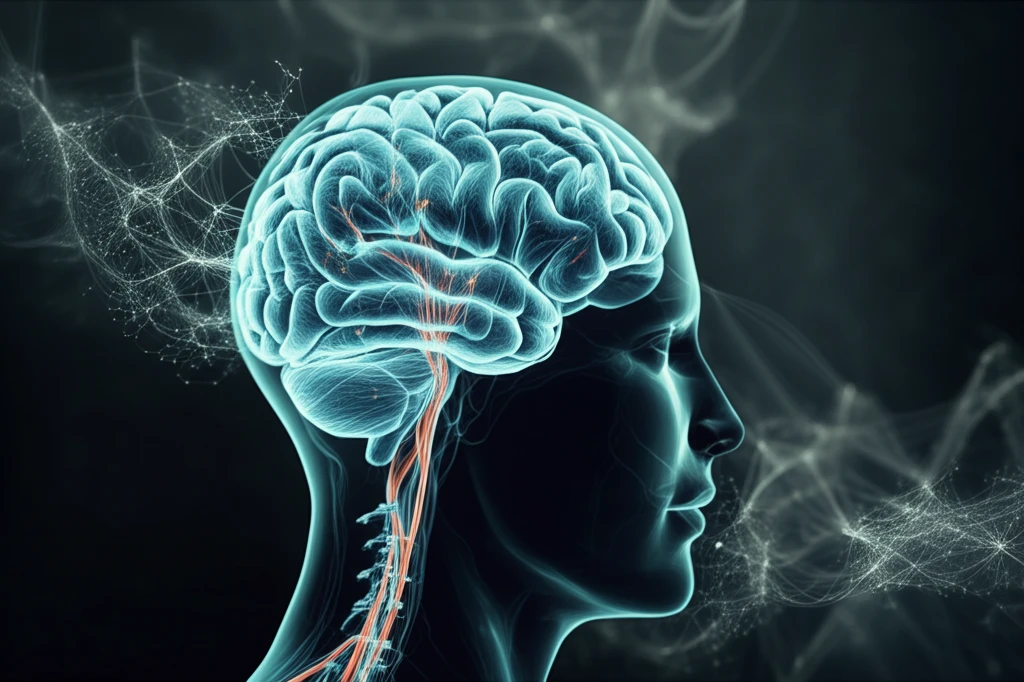
Walking Woes? How Brain Connectivity Could Be the Key to Easing Multiple Sclerosis Symptoms
"New research explores the link between brain function and walking difficulties in MS patients, offering hope for targeted treatments."
Multiple Sclerosis (MS) brings a host of challenges, and among the most frustrating are declines in walking ability and cognitive function. It's a tough combination, with many individuals finding that everyday tasks become significantly harder. Divided attention, that mental juggling act we all perform, becomes especially tricky, and research is increasingly linking these motor-cognitive challenges to falls.
Imagine trying to walk while simultaneously holding a conversation – a common scenario that can become a major obstacle for those with MS. Understanding the neural networks at play during these dual-task situations is crucial. It's about finding ways to support and improve the brain's ability to manage multiple demands, potentially reducing the risk of falls and enhancing overall quality of life.
Past studies have shown the benefits of dual-task practice in rehabilitation, yet until recently, we haven't fully understood the specific brain areas involved. Now, cutting-edge research is shedding light on the supplementary motor area (SMA) and its role in dual-task performance. These findings could revolutionize how we approach rehabilitation, leading to more effective and tailored interventions.
Decoding the Connection: SMA and Walking Variability

A recent study published in the Journal of the Neurological Sciences has uncovered a fascinating connection between the supplementary motor area (SMA) in the brain and dual-task walking variability in people with MS. Researchers at Wayne State University and The Ohio State University investigated how the structural integrity of the SMA relates to walking performance while doing another task simultaneously.
- Participants: 18 females with relapsing-remitting MS.
- Assessments: Dual-task performance, fall history, and 3T MRI scans.
- Key Finding: Structural imaging measures of SMA interhemispheric connectivity were significantly related to dual-task walking variability.
New Horizons in MS Rehabilitation
These findings open new avenues for rehabilitation strategies. By understanding the SMA's role, therapists can develop targeted interventions to improve dual-task performance. Structural neuroimaging could become a valuable tool for predicting performance and tailoring rehabilitation programs, ultimately enhancing the mobility and independence of people with MS. This is an exciting step toward more personalized and effective care.
